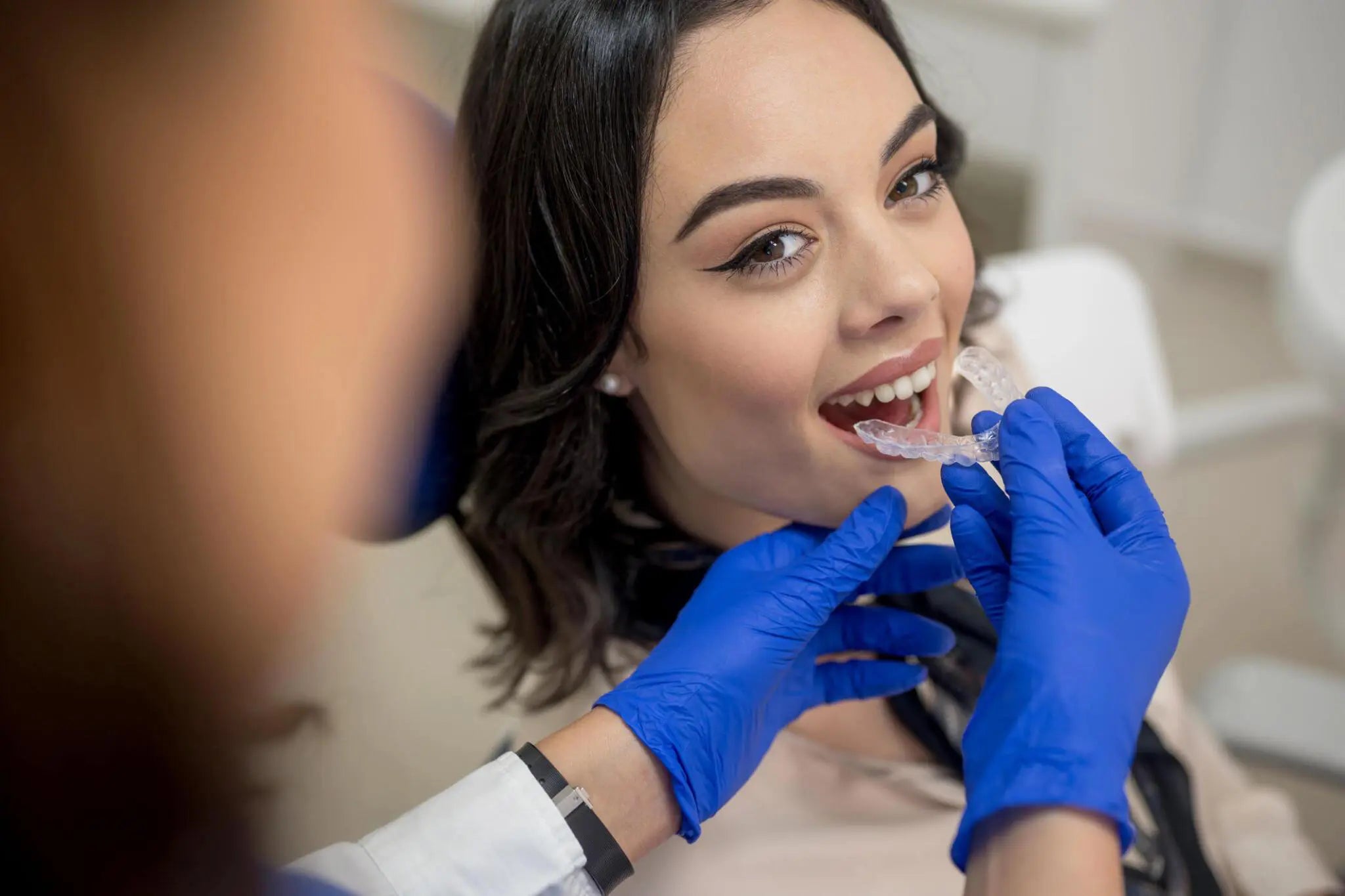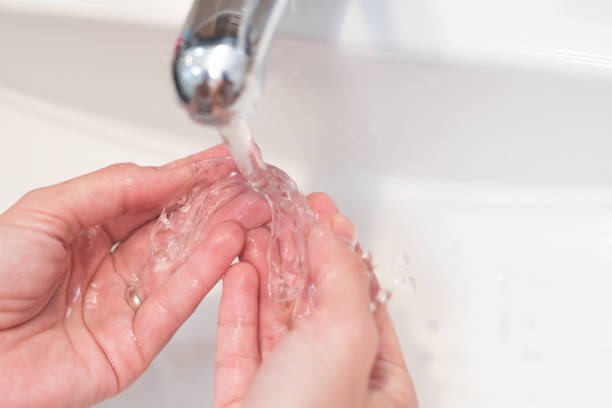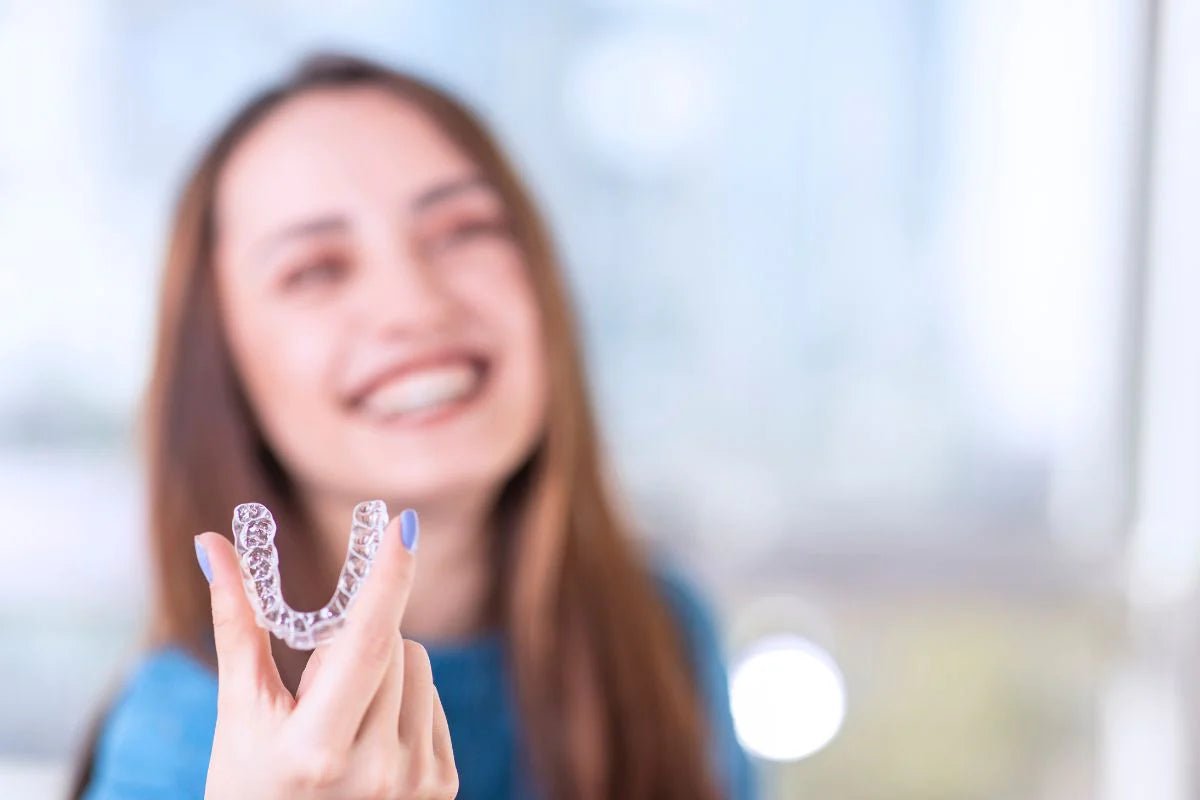Invisalign Attachments: Are They Necessary?
Invisalign has been a teeth-straightening option for over 26 years, and its capabilities have expanded significantly. In terms of advancements, Invisalign attachments are one of them. Despite being widely used in orthodontics, though, Invisalign buttons often come as a surprise to our patients in Culver City who are starting orthodontic treatment.
So, what exactly are these attachments and how do they serve as effective dental appliances?
You’ll find out the answer here as we tackle this topic.

What Are Invisalign Buttons and What Do They Do?
Invisalign buttons, also known as attachments, are tiny, tooth-colored bumps that your orthodontist bonds directly to your teeth or to the aligners. They provide a textured surface for the aligners to hold onto. The additional grip provides extra force to your Invisalign, allowing for more precise control over the pressure applied to each tooth.
By pushing against these textured surfaces, the aligners can exert precise force on specific teeth, guiding them into the desired position. This translates to more efficient and controlled movement, leading to straighter teeth.
Orthodontists use different attachment types and shapes based on the specific needs of the patient’s dental alignment plan. Attachment types include:
- Bevelled
- Horizontal Ellipsoid
- Vertical Ellipsoid
- Elliptical Pair
- Hemi-elliptical
- Horizontal Rectangular
- Vertical Rectangular

According to a systematic review, Invisalign attachments significantly enhance the aligner's grip on teeth, leading to more efficient orthodontic movement. Standard attachments, often featuring an angled edge, offer advantages for both tooth control and providing stable anchor points. For front teeth, placing attachments on the backside (lingual surface) can be particularly beneficial for treatment goals and maintaining aesthetics.
How Invisalign Buttons Facilitate Tooth Movements
Those tiny tooth-colored bumps might seem insignificant, but they play a crucial role in achieving various tooth movements by offering targeted pressure. Here's how they work for three common orthodontic goals:
Rotations
Much like spinning a top from the center, rotating a tooth with a smooth surface might appear futile. You must apply force around the top by winding a string around its stem (the pointed part) in a tight, downward motion.
Invisalign buttons work similarly. For tooth rotations, your orthodontist will strategically place buttons on opposite sides of the tooth you want to rotate. However, the buttons create anchor points. As you wear the aligners, they push against these buttons, not the center of the tooth. This creates a torque that gently but effectively rotates the tooth in the desired direction.
Closing Gaps
Unwanted spaces between your teeth will not only cause discomfort but also trap food debris that might harbor bacteria, increasing your risk of cavities. Good thing, Invisalign attachments can help close these gaps. In this scenario, buttons are placed on either side of the gap, one on each tooth. When you wear the aligners, they push inward on these buttons. Buttons create targeted pressure squeezing the teeth together, gradually closing the gap, and aligning them properly.
Intrusion and Extrusion
Sometimes, teeth need to be moved vertically, either up (intrusion) or down (extrusion) in the jawbone. Here's where button placement becomes even more strategic. For intrusion, the button is placed on the crown (top) of the tooth. When you insert the aligner, it pushes down on the button.
This, in turn, transmits a controlled force that pushes the entire tooth upwards within the jawbone. Conversely, for extrusion, the button is placed on the root of the tooth, near the gum line. As the aligner pushes on this button, it creates a force that helps the tooth move downwards in a controlled manner.
By strategically placing buttons and adjusting aligner tightness, your orthodontist can precisely control the pressure applied to specific areas of your teeth. This allows for targeted movements, ultimately leading to a straighter, healthier smile.

Based on the same study cited earlier, results showed that the most accurate tooth movement was extruding the upper central incisor using a conventional attachment (73.9%). This was closely followed by rotating the upper premolar with an optimized attachment (72.8%). Interestingly, optimized attachments seemed more effective for rotations, while conventional attachments worked better for extrusion. For intrusion movements, bonding attachments to both the tooth's cheekbone-facing (buccal) and tongue-facing (lingual) surfaces improves control over the tooth's movement.
Attachment Procedure
Invisalign treatment involves precise steps to ensure that your aligners fit perfectly and function efficiently. These steps are critical for the success of your orthodontic treatment.
H3 - Initial Consultation and Planning
The initial consultation is crucial for creating a customized treatment plan. By consulting with your orthodontist, you can map out the specific movements of your teeth. In this stage, your orthodontist assesses your dental structure using advanced imaging technology such as X-rays and possibly 3D scans.
It’s only after the consultation process that your orthodontist will tell you if you’re a good candidate for Invisalign. It’s also the time he’ll discuss the number of attachments you might need. As for the exact number of Invisalign attachments needed, it varies depending on individual treatment plans. Remember also that not every patient will require attachments.
Can you opt out and stick with attachment-free Invisalign? The short answer is yes. Invisalign clear aligners will still work without these attachments; however, they might take a while to move your teeth to your desired position.
Preparation of Teeth
Your teeth need to be clean and dry before attachments are applied. Your orthodontist will prepare the surface of your teeth, which might involve slight etching to make sure the attachments adhere properly.
Precision Placement
The placement of Invisalign attachments is exact. A template that matches your teeth's configuration is applied to your tooth, and a tooth-colored composite resin — the material for the attachment — is placed within this template.
Curing Process
Once the resin is in place, the orthodontist uses a special light to cure the material. This light hardens the resin quickly, bonding the attachment securely to your tooth. After the curing process, the template is removed, leaving the attachments on your teeth.
Invisalign Button Removal
The duration of button attachment in orthodontic treatments is not a one-size-fits-all answer but is tailored to the individual needs of the patient to achieve the best possible outcome.
How long these buttons stay on one’s teeth can vary significantly based on the individual needs and the specific treatment plan prescribed by an orthodontist.
For many patients, buttons are attached to the teeth at the beginning of the treatment and remain in place throughout the entire duration, typically around 15-20 months.
As mentioned, not all orthodontic cases require buttons to be a permanent fixture throughout the treatment. In certain scenarios, your orthodontist might opt to use buttons strategically during specific phases. Once the desired movement of these teeth is achieved, the buttons may be removed.
The decision on whether to keep buttons on for the entire treatment or only for specific intervals is entirely at the discretion of your orthodontist and is based on a thorough assessment of your unique dental structure and the goals of the treatment.
That’s why you need to maintain regular check-ups with your orthodontist to ensure the treatment is progressing as planned and to make any necessary adjustments to the buttons or aligners.
Consult Our Orthodontist at United Dental Care
Indeed, Invisalign treatment has come a long way! And there’s so much to learn about these orthodontic wonders. Are concerned about needing attachments with Invisalign or finding the best orthodontic plan? We understand! Our experienced orthodontists at United Dental Care can answer all your questions and determine if Invisalign with buttons is the right fit for you.
Get a straighter, healthier smile. Schedule a free consultation with United Dental Care in Culver City today to learn more about Invisalign treatment options.




 By:
By: 

